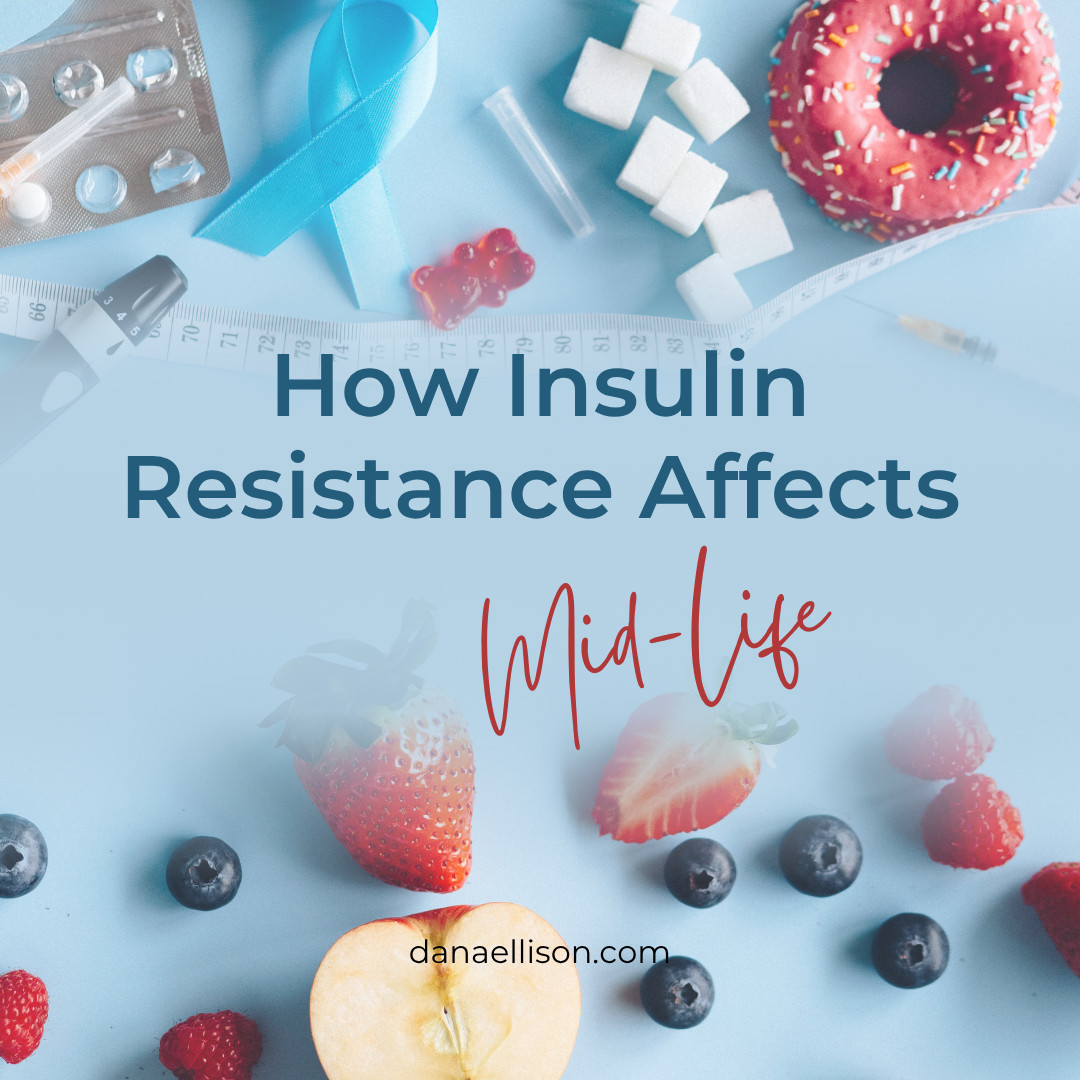
Insulin resistance is a growing concern for so many mid-life women, especially since it can increase the risk of developing type 2 diabetes. Fortunately, God created a lifestyle plan to help maintain healthy blood sugar levels and reverse insulin resistance before it turns into type 2 diabetes. (Which is reversible, too!)
Insulin resistance occurs when the body’s cells no longer respond effectively to the hormone insulin; this causes the pancreas to produce more insulin in an attempt to regulate blood sugar. The result is that our cells are unable to produce energy, and the risk of disease increases due to the increase in free radicals and the decreased availability of antioxidants.
While we typically think only diabetics have high glucose values, nondiabetics can also have higher values than normal. Researchers studied a group of midlife individuals who did not have a diagnosis of diabetes. They had an HbA1c of 5.2% (SD 0.3), and an average BMI of 25.0 kg/m2 (3.3) for women, which is borderline obese.
During the study, participants wore a continuous glucose monitor, and it was found that 93 percent reached glucose levels considered dangerous, with 10% spending over 2 hours per day in these levels.
There are actually several causes of high blood sugar unrelated to diabetes, such as artificial sweeteners and coffee. Other factors, such as unmanaged stress, an endocrine or pancreatic condition, undergoing surgery, or experiencing intense physical stress (for example, from a sunburn), may also cause your glucose level to rise.
INSULIN RESISTANCE AT A GLANCE
When there is an excess of glucose in the bloodstream, the body may struggle to effectively utilize it for energy. This can lead to:
- Lethargy and drowsiness.
- Thirst
- Frequent urination
- Blurry vision
- Headaches and brain fog
- Carb and sweet cravings
- “Hanger”
- Midday crashes
- Fatigue
Insulin resistance is common if you’ve been diagnosed with:
- Gestational diabetes
- Nonalcoholic fatty liver disease
- Polycystic ovary syndrome
- A family history of diabetes (not that it’s hereditary, but the lifestyle habits are)
NUMBERS TO KNOW
Lastly, the fasting glucose ranges for Optimal Lab Ranges are 75-86 mg/dl. These are the ranges used by holistic practitioners and naturopathic doctors. Optimal means anything within these values shows patterns and markers that promote healing. If your numbers are above this, it's time to get serious about “keeping under my body and bringing it under subjection…” I Corinthians 9:27
Addressing insulin resistance early with proper support can help prevent mid-life symptoms and improve overall aging. Using natural, holistic solutions, such as essential oils and supplements, can help manage blood sugar levels and support the body’s insulin function. If you haven't already, get my guide on the 7 Steps to ReNewing Your Health and get started supporting your blood sugar levels today!
Be sure to read my blog post on Strategies to Master Blood Sugar in Mid-life.



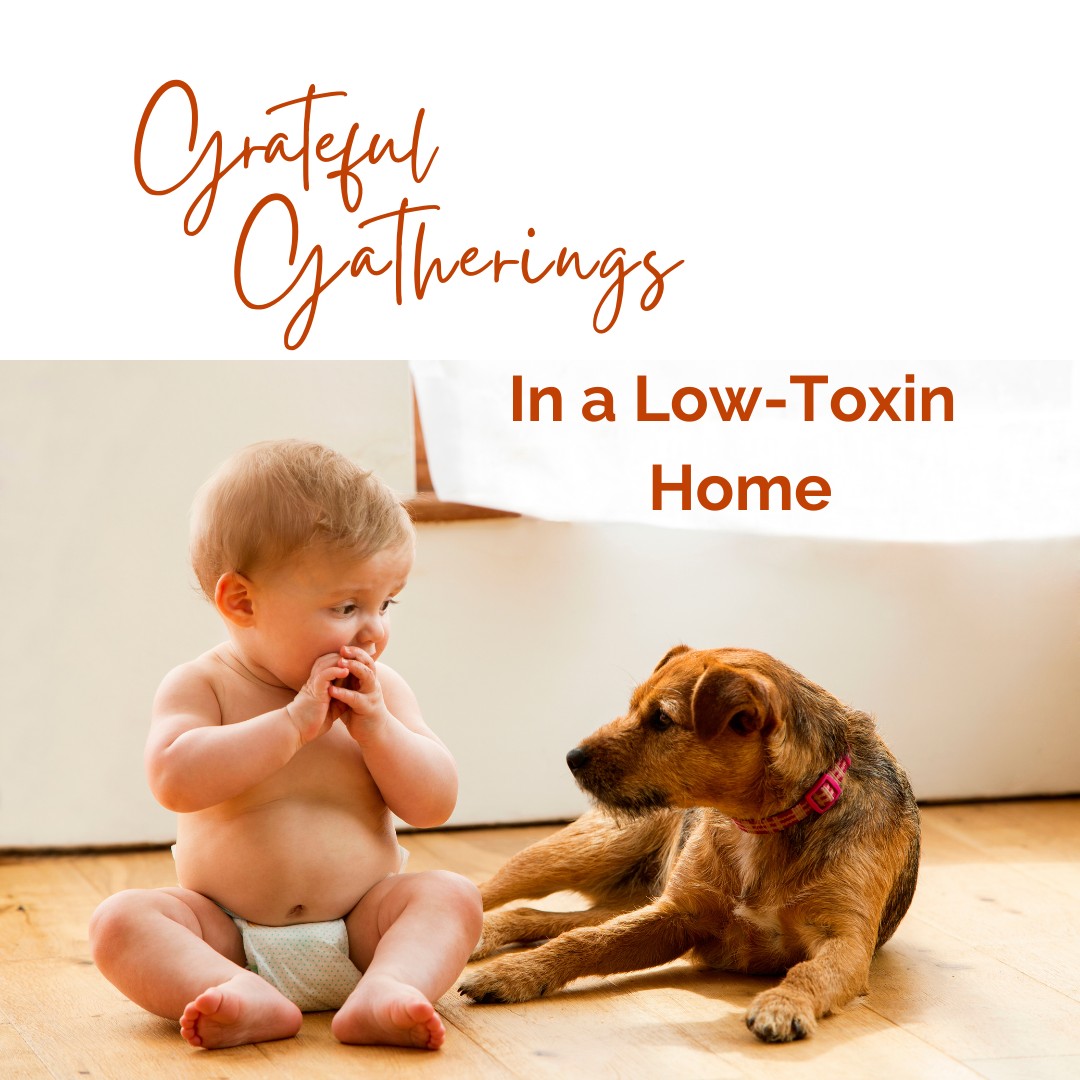




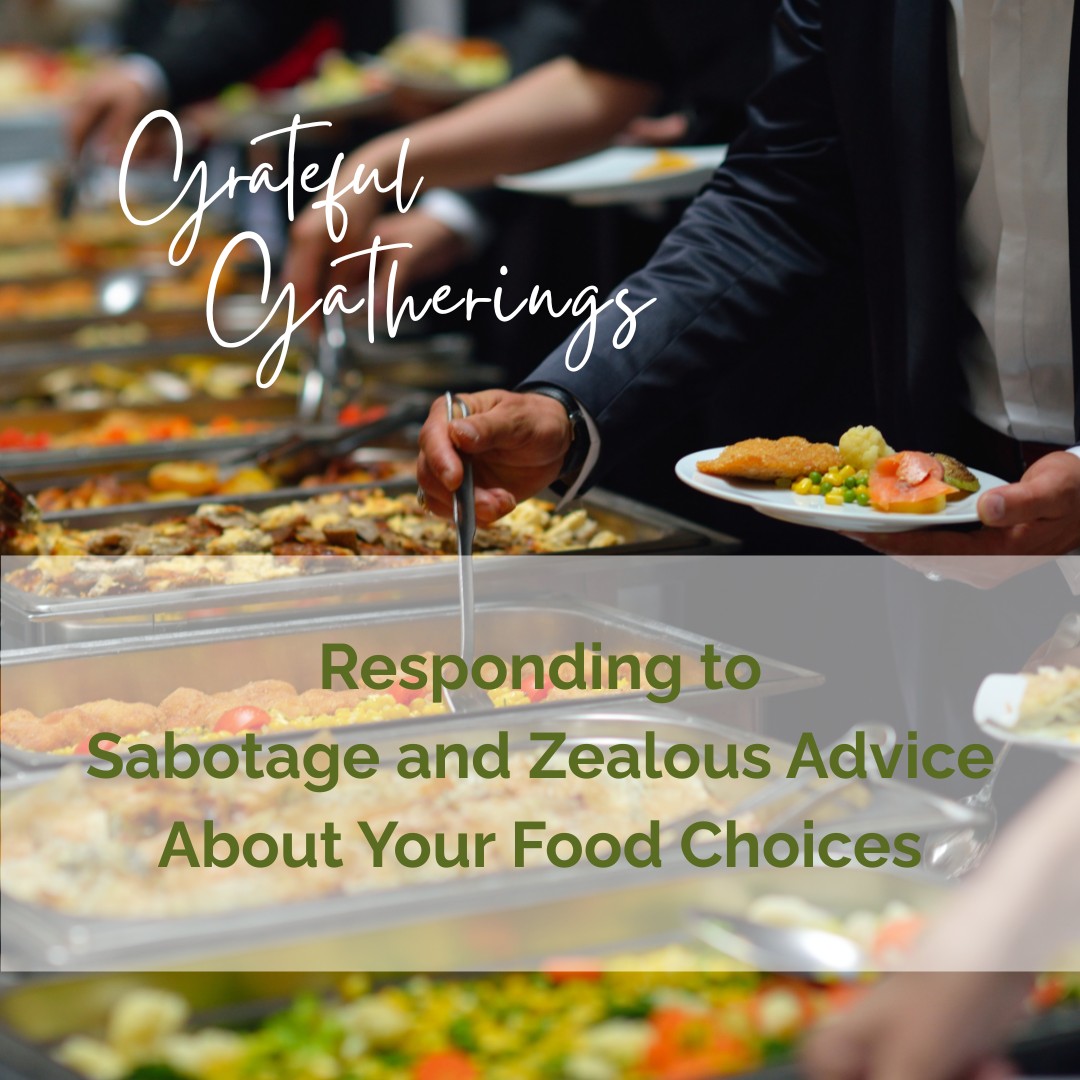

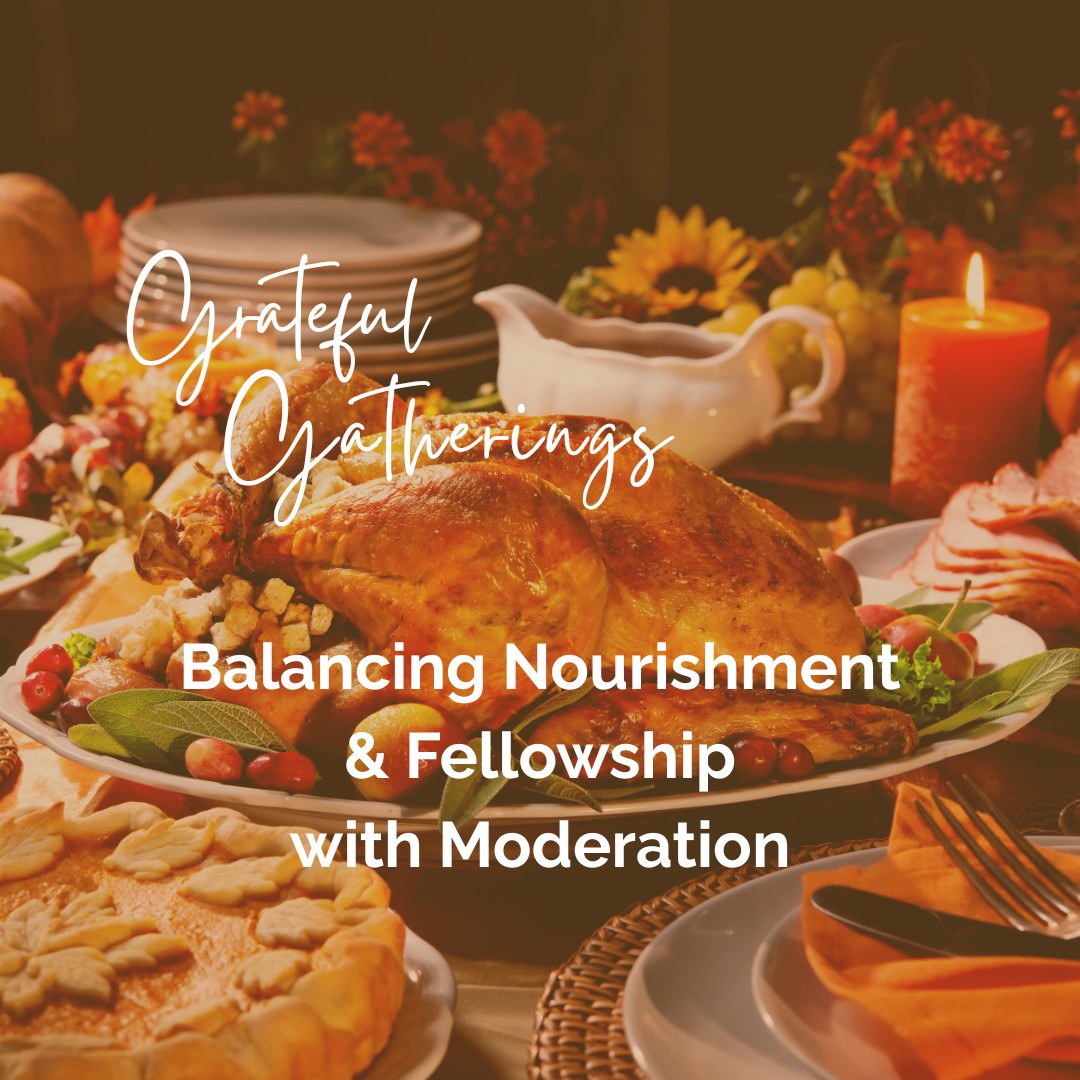

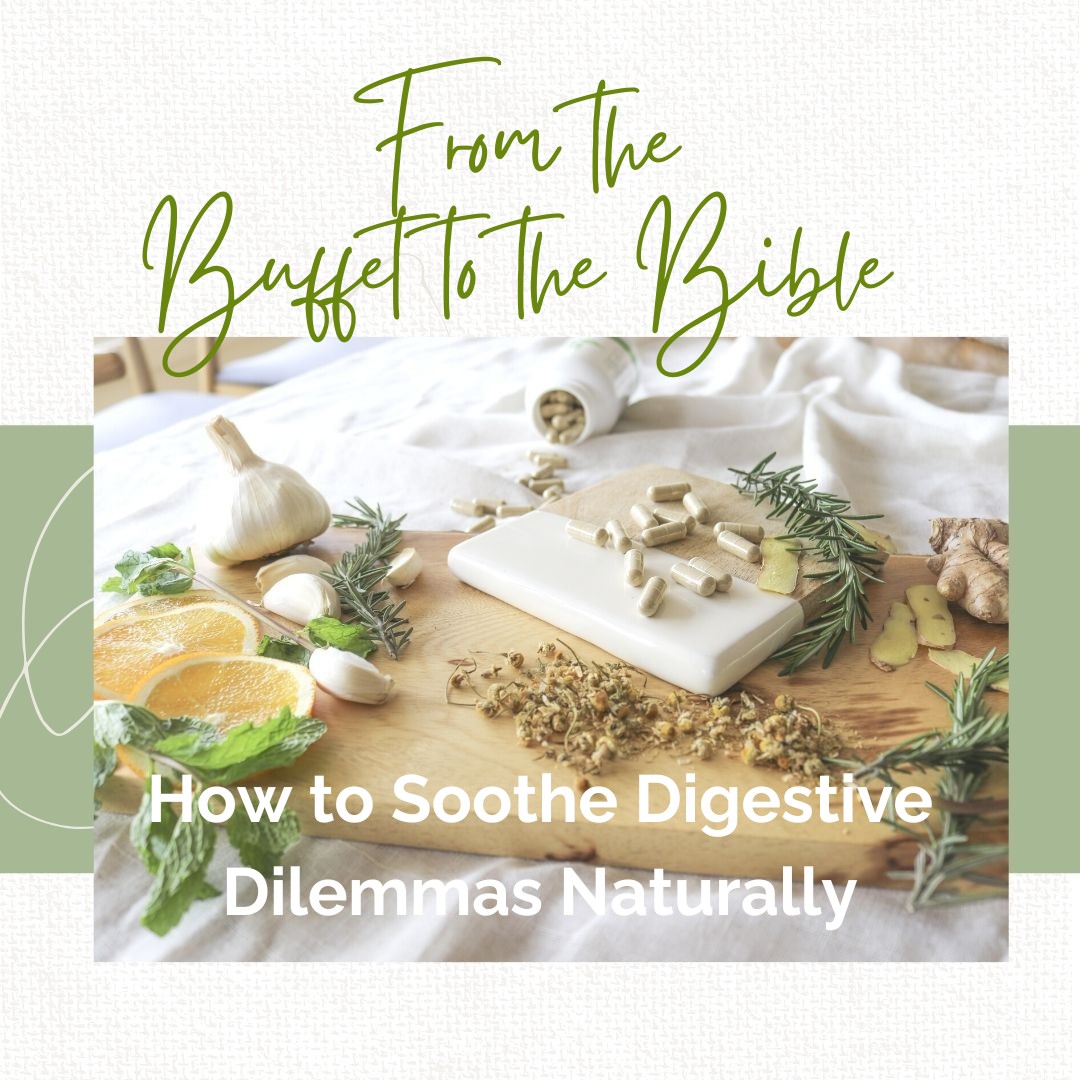
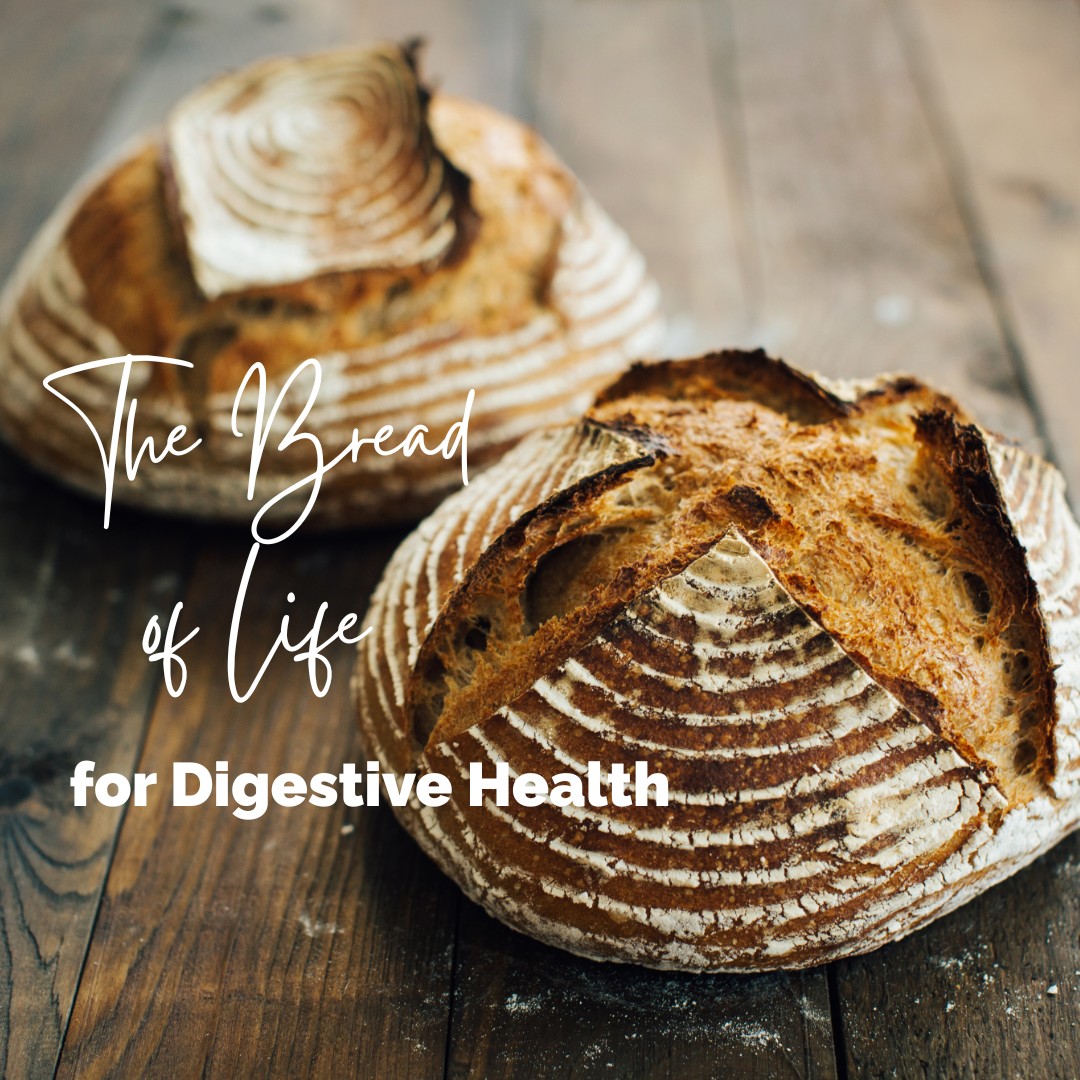
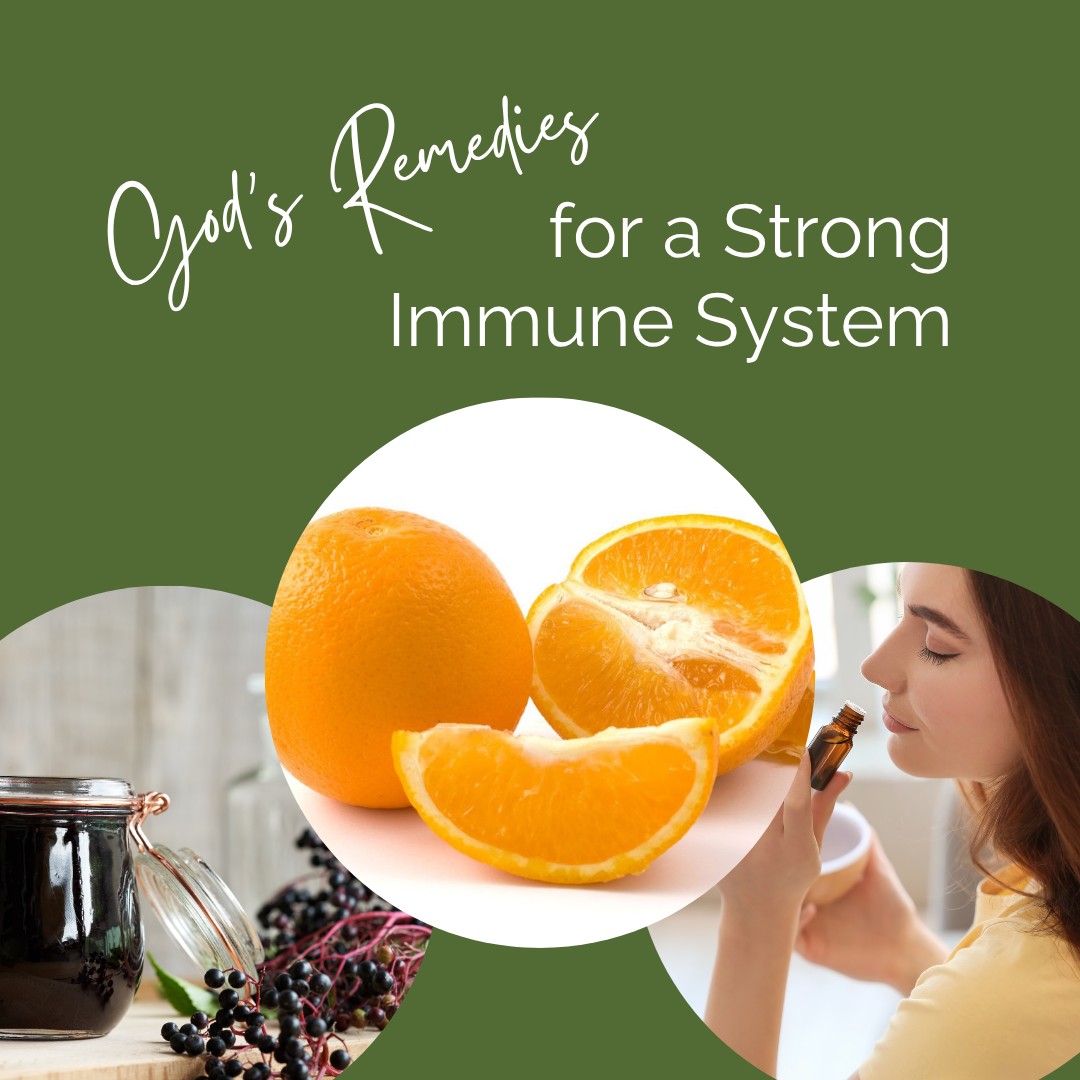







0 Comments